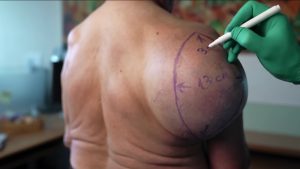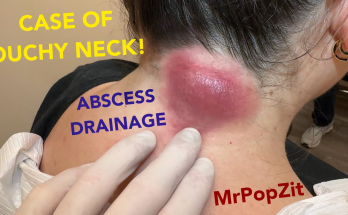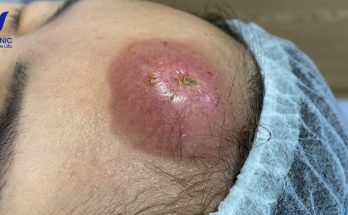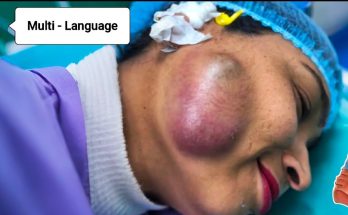Facial cysts can be frustrating, uncomfortable, and sometimes embarrassing. They often appear as small, round bumps beneath the skin and can range from soft and painless to inflamed and tender. While it may be tempting to squeeze or pop a cyst, doing so can lead to scarring, infection, or even more serious complications. The safest approach involves understanding what cysts are and knowing the right steps for safe and effective removal.
1. Understand What Facial Cysts Are
Cysts on the face are closed pockets of tissue filled with fluid, pus, or other material. The most common type is the epidermoid cyst, which forms when skin cells grow inward instead of shedding naturally. Other types include sebaceous cysts, which develop from blocked oil glands. Unlike pimples, cysts form deeper under the skin and do not usually come to a head. Because of this, home removal methods often fail and can worsen the problem.
2. Avoid Squeezing or Popping
One of the most important rules is never try to squeeze or pop a cyst. This can push bacteria and debris deeper into the skin, causing a painful infection or permanent scarring. It may also spread inflammation, leading to new cysts forming nearby. Instead, treat the cyst gently and focus on reducing swelling and irritation.
3. Apply Warm Compresses
A simple and effective home remedy is using a warm compress. Soak a clean cloth in warm (not hot) water, wring it out, and hold it against the cyst for 10–15 minutes several times a day. The warmth increases blood circulation and encourages the cyst to drain naturally over time. Be patient—this process can take several days or weeks depending on the size of the cyst.
4. Keep the Area Clean
Wash your face twice daily with a mild, fragrance-free cleanser. Keeping the area clean helps prevent infection and supports healing. Avoid harsh scrubs, alcohol-based toners, or thick creams that could block pores. If the cyst ruptures on its own, gently clean the area with an antiseptic solution and cover it with a sterile bandage.
5. Use Over-the-Counter Treatments Cautiously
Some topical creams containing benzoyl peroxide, salicylic acid, or tea tree oil may help reduce inflammation and bacteria. However, these treatments work best for surface acne, not deep cysts. They can soothe irritation but rarely remove the cyst completely.
6. Seek Professional Medical Treatment
For persistent or painful cysts, visiting a dermatologist is the safest option. Doctors can drain or remove cysts under sterile conditions using a minor surgical procedure. Depending on the type and severity, they may also prescribe antibiotics or corticosteroid injections to reduce inflammation. Professional treatment ensures the cyst is fully removed and less likely to return.
7. Prevent Future Cysts
To prevent future cysts, maintain a consistent skincare routine, avoid heavy oil-based products, and keep your hands away from your face. Managing stress, eating a balanced diet, and staying hydrated can also help your skin stay clear and balanced.




